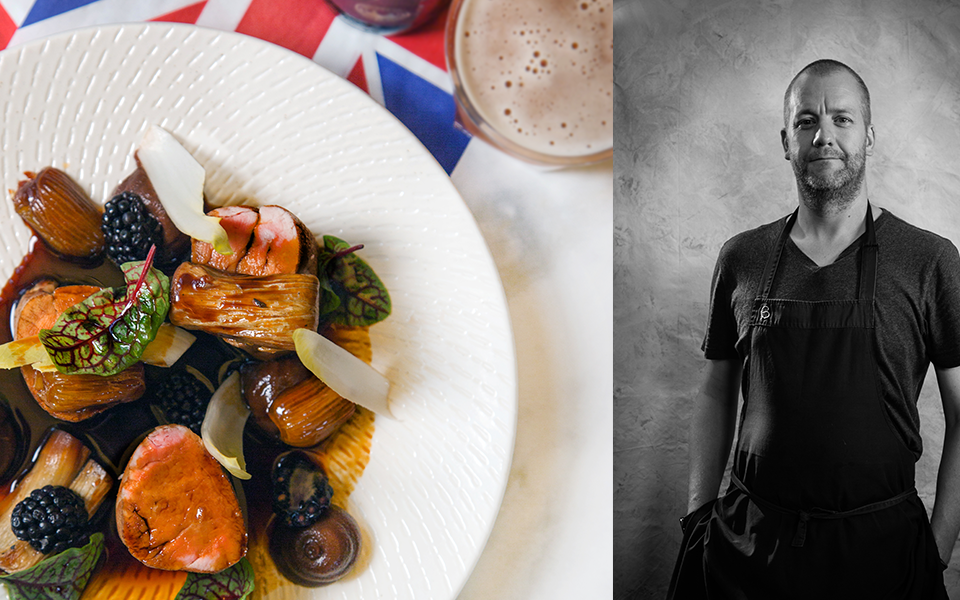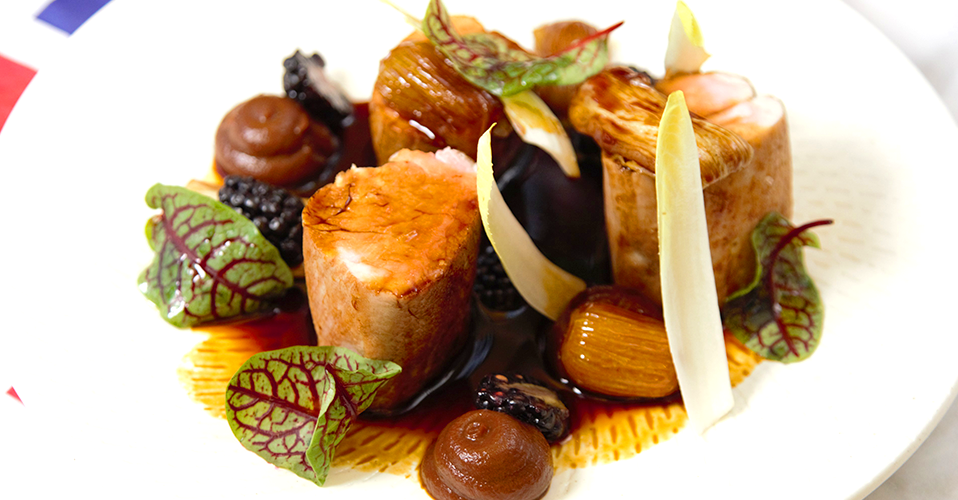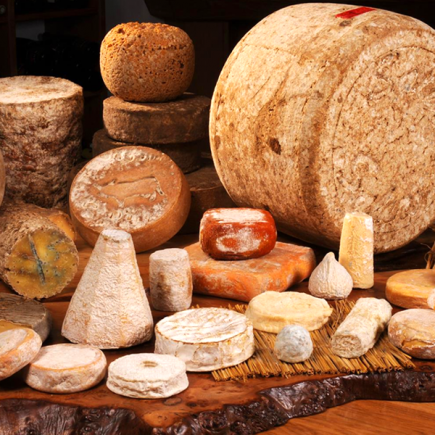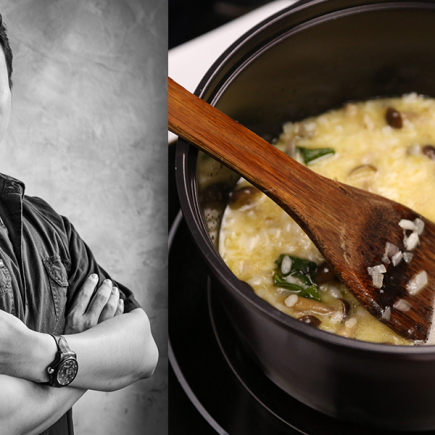
Is grass-fed beef really better? Yes, on all accounts. Besides being tastier, it is far better for both yourself and the environment. Recently, there has been an increasing demand for grass-fed beef from chefs and diners, who desire a more natural product for environmental, health or ethical reasons.
All cattle spend the first few months of their lives on pasture or rangeland, where they graze on forage crops such as grass or alfalfa. But then nearly all are fattened or “finished” in feedlots where they eat grain. The problem is that cows aren't meant to eat only grain; they are meant to eat grass. So cows in feedlots can get sick, which is why they're given antibiotics.
When you choose grass-fed beef you are choosing a more natural meat because the cows have been left to grow and fatten naturally on pastures. When cows have had the time to grow and feed this way, the meat is leaner and higher in nutrients. Also, diners often say that it has a more complex taste because of the varied pastoral diet. Grass-fed beef is more expensive than grain fed, but when making the choice to buy and serve it, more and more are making the change.
Pork Tenderloin, Roasted Chicory, Braised Red Cabbage and Pickled Date by Scott Melvin
Ingredients
Pork Tenderloin
1 Pork tenderloin
Sweet and Sour Dates
200g Dates
100ml Rice wine vinegar
100ml Water
100g Sugar
Salt
Red Cabbage Puree
1 Medium-sized red cabbage
4 Apples
200g Sultanas
1 bottle of Red wine
1 bottle of Port
1tsp Cinnamon
1tsp 5-spice
250g Butter
Cabernet sauvignon vinegar or red wine vinegar
Honey
Roasted Endive
20 Endives
10 Sprigs of thyme
3-4 Garlic cloves, thinly sliced
100g Olive oil
2-3 Bay leaves
Salt
Cider Gravy
1kg Pork trimmings
1 Carrot
1 Onion
2 Sticks of celery
1 Head of garlic
½bch Thyme and sage
750ml Cider
750ml White wine
2l Chicken stock
2l Veal stock
Rock salt or pepper
Method
Sweet and Sour Dates (Prepare the day before)
Step 1: Combine rice wine vinegar, water, sugar and a pinch of salt in a small pan and bring to the boil.
Step 2: Once the sugar has dissolved, remove the pan from the heat and add the dates to the heated liquor. Place in a glass bottle and leave to cool. Once cool, put in the fridge.
Step 3: Place pork tenderloin in ziplock bag, remove all the air and seal. Place in a pot of water heated to 65°C and cook for 30 minutes.
Red Cabbage Puree
Step 1: Preheat oven to 160°C. Thinly slice cabbage and apples.
Step 2: Bring red wine, port and spices to the boil in a large saucepan. Add cabbage, apples, sultanas and butter. Season with salt and pepper.
Step 3: Cover with tin foil and bake in oven for 2 hours.
Step 4: Once cooked, place onto stove and reduce excess liquid to a glaze. Finish with vinegar and honey, check seasoning.
Step 5: Blend and pass through a sieve.
Roasted Endives
Step 1: Cut endives in half, mix well with other ingredients.
Step 2: Cook in a preheated oven at 160°C for 10-12 minutes and turning occasionally.
Step 3: Remove pork from sealed bag. Heat a fry pan with olive oil. Add pork. Pan fry just until the sides get colour. Remove from pan and cut into 3-inch pieces.
Cider Pork Gravy
Step 1: Caramelise the pork trimmings and vegetables in a pan. Once done, remove from heat, add the seasoning and alcohol.
Step 2: On a low heat, reduce in pan until sticky, then add the stock. Bring to the boil, skim and cook for 40 minutes.
Step 3: Pass through a sieve and mix in a splash of cider.
To serve: Place cabbage puree on the plate. Add 3 pieces of pork; place roasted endives and dates on plate. Serve gravy on the side.


